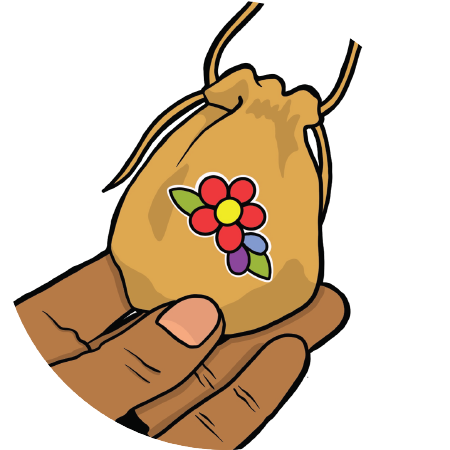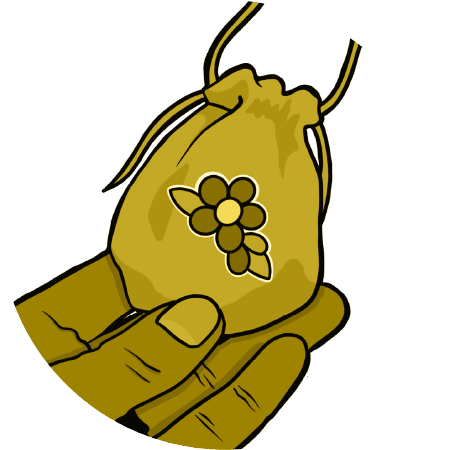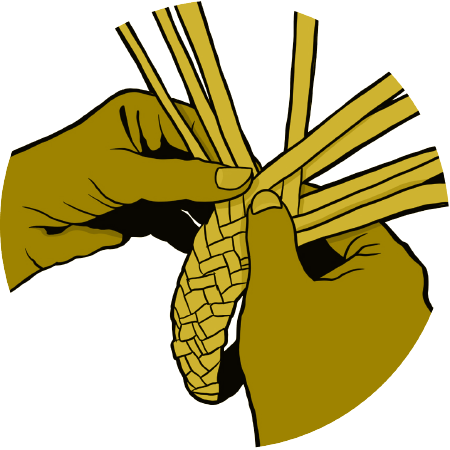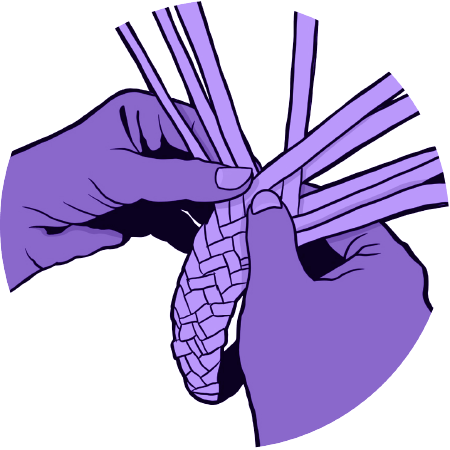Measuring progress
As the first jurisdiction to adopt the UN Declaration on the Rights of Indigenous Peoples (UN Declaration) and create an action plan, B.C. is leading the way to advance reconciliation with Indigenous Peoples and create a better future for all.
The Declaration Act Action Plan represents complex, interconnected and generational change – all within the context of first-of-its-kind work. As the Province navigates this work in partnership with Indigenous Peoples, there is a need for deeper measurement of what is working and what is not so efforts can be expanded or shift course. At the same time, longer-range signals of progress towards the Action Plan outcomes will also need to be considered.
The Province is working with First Nations and Métis partner organizations to identify meaningful indicators that will support accountability and show progress against the Action Plan outcome statements.
The collaborative actions underway will identify new indicators where significant and critical work is occurring. This work will be grounded in Indigenous data sovereignty and will reflect the growing institutional capacity among First Nations and Métis to govern and report on their data.
Measuring progress on outcomes through an action plan indicator framework will provide new and unique insights that will strengthen this complex work in efficient, effective and partnered ways. The Province is committed to accountable and transparent reporting through improved data and measurement in consultation and co-operation with Indigenous Peoples.
Using icons to show progress
The Annual Report progress is measured through an implementation status dashboard of icons illustrating progress in four dimensions. Icons are created from information collected from ministries, who partner with First Nations and Indigenous organizations they work with. This information also informs the Annual Report.
The following four categories are used to help define the progress of each action.

1. How far along is this work?
Determined using standard project schedule stages:
- Started
- Planning
- Implementing
- Complete

2. How complicated is this work?
Determined using the number of identified subtasks for each action, plus the number of ministries involved in each action, plus the number of years in the planning and implementing stages for each action.
Categorization:
- Some Complexity: score of 4 or less
- Moderate Complexity: score of 5-6
- Notable Complexity: score of 7+

3. Are there challenges?
Based on “risks” and “obstacles” identified for each action.

4. How are we working together?
Using yes/no responses to the following questions for each action:
- Partner(s) identified?
- Consultation and co-operation plan or approach is in place or in development with Indigenous partners?
- Partner(s) involved in report development/co-development?
- Input has been gathered/meetings have been held?
Categorization:
- No engagement: score of 0
- Some engagement: score of 1-2
- Moderate engagement: score of 3-4
- Notable engagement: score of 5
Each icon is assigned a colour, signifying where it is in implementation. The colour of the icon and circle around it will change to show the different stages of each category. Actions that are set to report in future years have their icons greyed out and text that notes “action not yet reporting”.
Ministries identified when each of the 89 actions in the Declaration Act Action Plan would begin substantial implementation (by year) and begin reporting. Learn more about the Action Plan.












